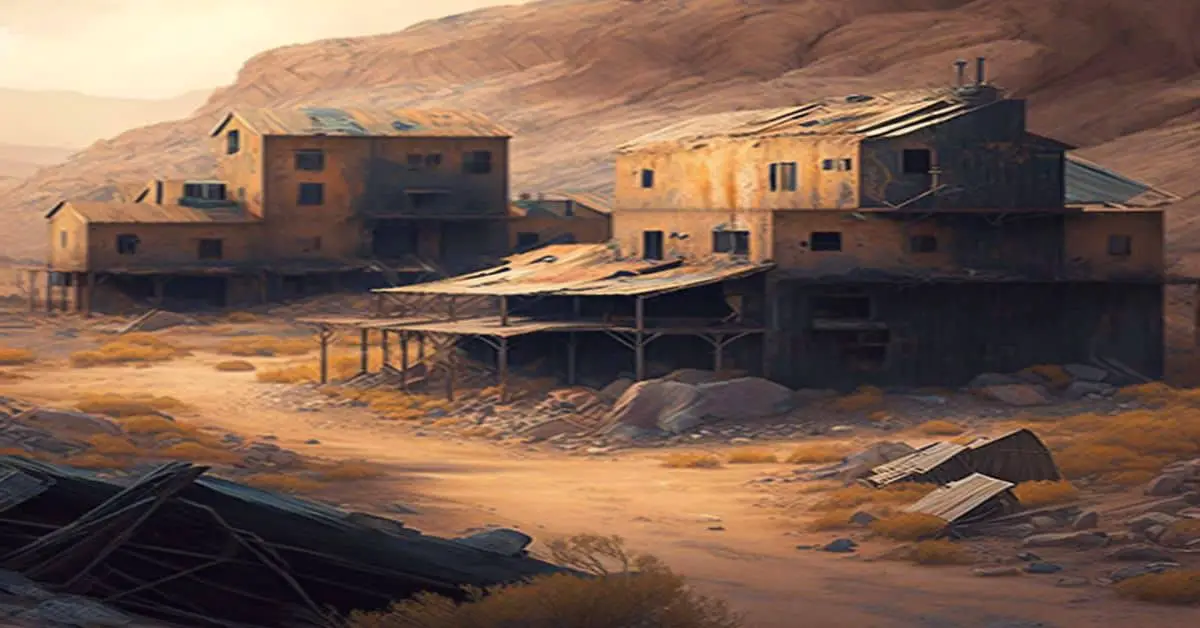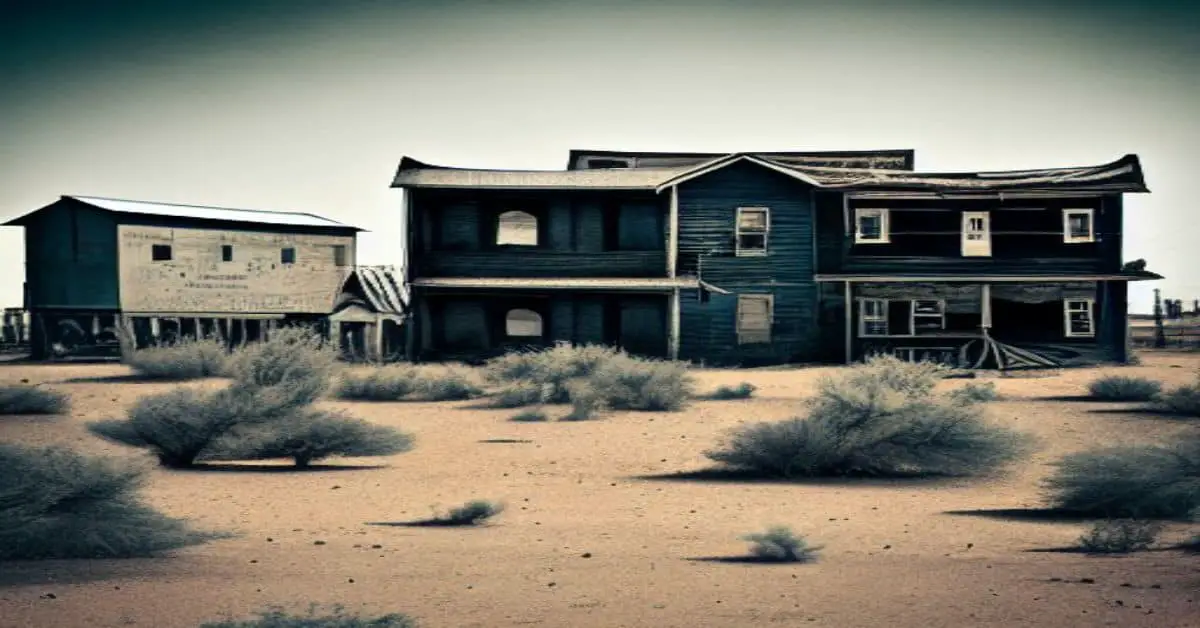Colorado’s mining history is rich with stories of boom and bust towns that have come and gone with the rise and fall of precious metal prices. Among these towns is Ophir, a once bustling gold mining town that now stands as a ghost town with only a few original buildings and some cabins.
Though its population dwindled over time, its history remains a captivating reminder of the state’s mining past. Originally discovered in 1875, Ophir was appropriately named after the Arabian city known for its wealth in gold. The town quickly became a hub of activity as miners flocked to the area to work their claims.
However, the town’s population soon vacated for Rico when news of a silver strike spread. Despite this, the silver deposits at Rico were short-lived, and miners eventually returned to Ophir to continue their work.
Today, visiting this historic site during the summer months offers a glimpse into Colorado’s mining past and the tales of those who once called Ophir home.
Key Takeaways
- Ophir was a ghost town in Colorado founded in 1875 upon the discovery of gold at Howard’s Fork
- The town’s population grew to approximately 500 inhabitants as miners flocked to the area to seek their fortunes
- Ophir became a bustling mining community with notable residents like Henry Chenoweth
- Transportation played a crucial role in the mining industry of Ophir, with burrow trains used to transport ore, supplies, and equipment between Ophir and nearby Silverton
Location and History
The location and history of Ophir, a Colorado ghost town south of Telluride and west of Silverton, are characterized by its founding in 1875 upon discovering gold at Howard’s Fork. The town’s population grew to approximately 500 inhabitants as miners flocked to the area to seek their fortunes. Appropriately named after the Arabian city rich in gold, Ophir became a bustling mining community with notable residents like Henry Chenoweth, who submitted information about the town’s history.
However, miners eventually vacated Ophir for Rico when word of the silver strike at Rico spread. Despite the initial excitement over the silver deposits, they proved to be short-lived, leading miners to return to Ophir to work their claims once again.
Today, the town remains as a Colorado ghost town with a few original buildings and some current cabins, serving as a reminder of the town’s rich history and the impact of mining on Colorado’s landscape.
Population and Mining
After the discovery of gold in 1875, Ophir’s population grew to about 500 as miners flocked to the town to work their claims. The miners used various mining techniques to extract gold from the earth such as hydraulic mining, placer mining, and hard rock mining.
Hydraulic mining involved high-pressure water jets to blast away entire hillsides for gold. Placer mining involved sifting through riverbeds and streams to find gold nuggets. Hard rock mining required heavy machinery to extract gold from ore deep underground.
The mining industry had a significant impact on the local economy. The town of Ophir was built around the mining industry, and businesses such as saloons, hotels, and general stores flourished as miners needed supplies and entertainment. The mining industry also created jobs for the local population, and many families relied on the industry for their livelihoods.
However, as the silver deposits in Rico were discovered, many miners left Ophir for more lucrative work. The town’s population dwindled, and the mining industry in Ophir eventually declined.
Transportation and Remains
Transportation played a crucial role in the mining industry of Ophir. Miners sent their ore to nearby Silverton via burrow trains. These trains transported ore, supplies, and equipment between the two towns. Later on, as technology advanced, transportation methods became more efficient. Highways were built, replacing the burrow trains. Today, tourists can travel to Ophir by car on Highway 145, which is located due west of Silverton.
Exploring Ophir’s transportation history offers a glimpse into the town’s rich mining past. Along with transportation, Ophir’s remains also provide evidence of the town’s history. Today, the town has a few original buildings, including some current cabins. These buildings and cabins serve as reminders of Ophir’s past and provide a unique look into the town’s history.
Visitors can explore the remains on foot and learn about the town’s past through interpretive signs and tours. Overall, Ophir’s transportation and remains offer a unique glimpse into the town’s rich mining history.
Frequently Asked Questions
What was the most significant gold discovery in Ophir’s history?
The most significant gold discovery in Ophir’s history was when gold was first discovered at Howard’s Fork in 1875. This event led to a population increase of about 500 people and impacted the region’s mining techniques. Miners vacated Ophir for Rico when word of the silver strike at Rico spread but returned to work their claims when silver deposits were short-lived.
How did the miners live and work in Ophir during the harsh winter months?
During the harsh winter months, miners in Ophir employed various survival strategies to endure the cold temperatures. They lived in cabins and used wood and coal for heating. Additionally, they stockpiled food and supplies to sustain themselves during the winter.
Were there any notable figures or events in Ophir’s history?
Ophir’s historical significance lies in its origins as a gold mining town in 1875, followed by a shift to silver mining in nearby Rico. Notable figures include the miners who returned to Ophir to work their claims after the silver deposits at Rico were short-lived.
What is the current state of the remaining buildings and cabins in Ophir?
The remaining buildings and cabins in Ophir are abandoned structures with historical significance. Some of the original buildings still stand, while others have been converted into modern cabins. The town’s mining history is evident in its architecture.
Is there any ongoing preservation or restoration efforts in place for Ophir’s historical landmarks?
Preservation efforts for Ophir’s historical landmarks are ongoing, with some original buildings and current cabins being maintained. The town’s gold rush history and population growth to 500 in 1875 make it a significant site for preservation.


